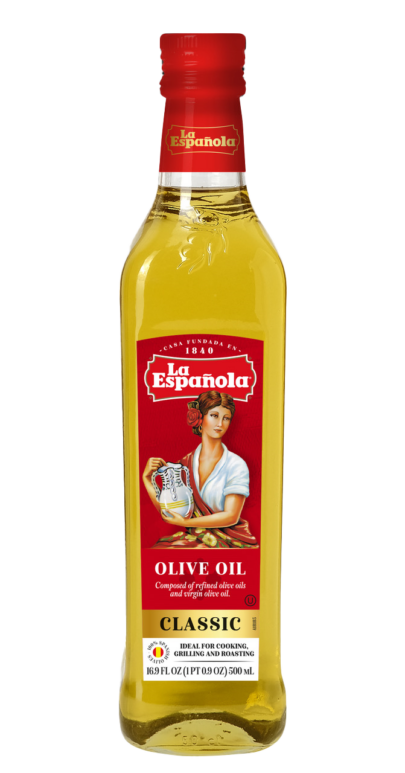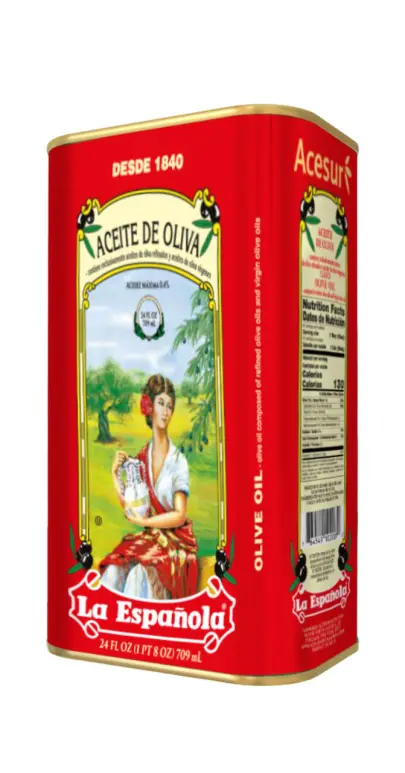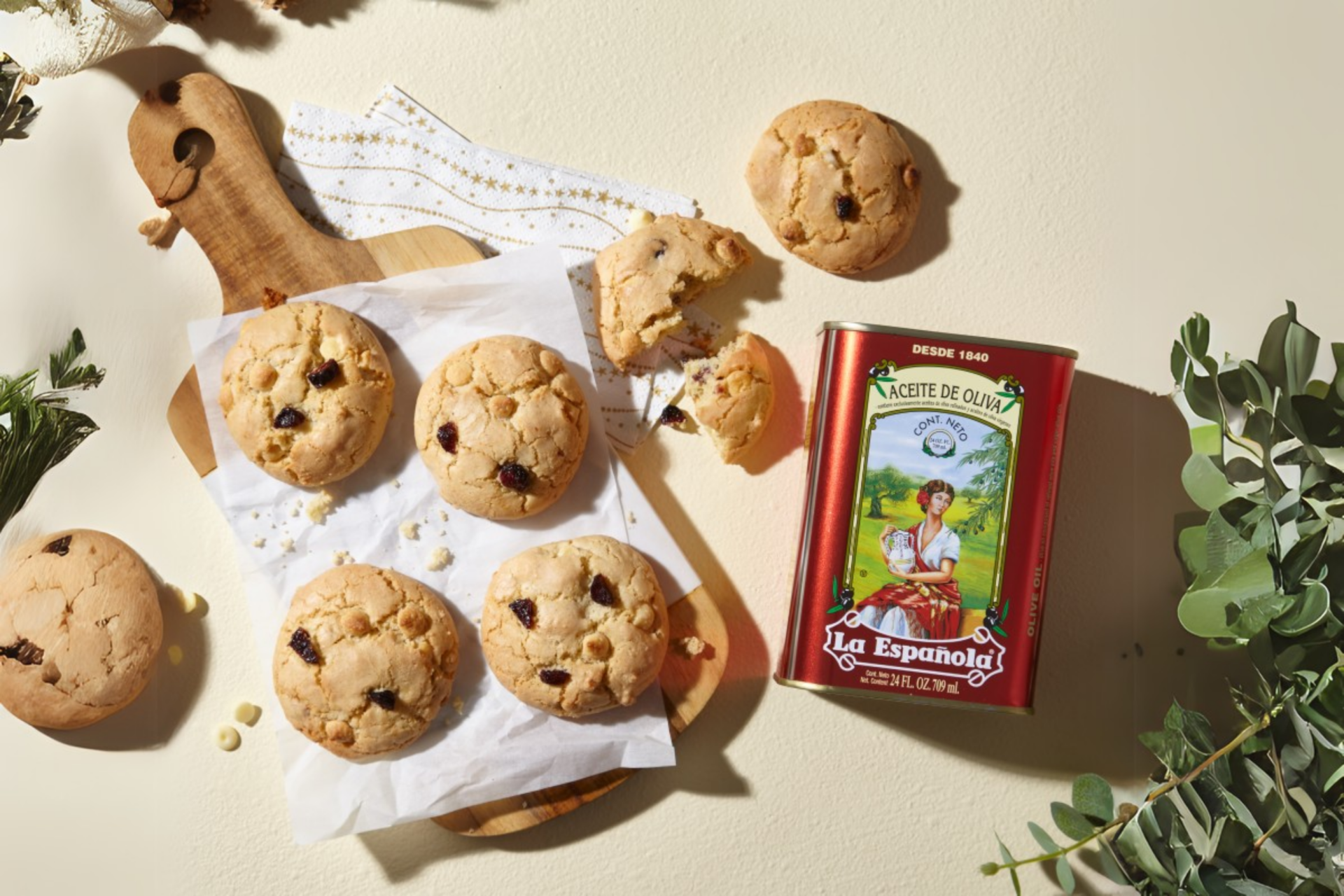What does smoke point mean?
The term smoke point is used to indicate the temperature at which the oil begins to smoke during the cooking process. However, this is not a scientific term and its accuracy has come under question in recent times. This is largely down to the fact that the ingredients often do not reach the precise temperature being applied during the cooking process. Food absorbs the heat as it is being cooked, and much of the heat also escapes naturally.
The Washington Post recently decided to put the concept of the smoke point to the test. They found that even olive oil varieties with a low smoke point performed perfectly under high heat. Rest assured, you’re free to use whichever olive oil variety you prefer when cooking. Either way, you’re guaranteed a healthy and flavorful kitchen companion.
Frying with Olive Oil
Olive oil is a great way to elevate fried dishes. Its mild and neutral flavor complements a whole host of ingredients and facilitates optimal cooking. Use it for wok-cooking, stir-fries, shallow and deep frying, and experience the superior flavor it brings to everyday dishes.
Does Olive Oil Go Bad?
La Española Olive Oil products all come with a recommended use-by-date. However, this is merely a guide. Olive oil doesn’t expire per se, and can be consumed after its use-by-date as long as it is stored in the appropriate conditions.
How to Store Olive Oil
Olive oil comes from the fruit of the olive tree and like any other naturally-grown food source it will perish eventually. Storing olive oil correctly is essential for preserving its flavor. These handy storage tips will make sure your olive oil stays fresh and flavorful for longer.
- Store in a cool dry place. Exposure to light and heat may cause the oil to spoil quicker than usual.
- Temperature. The optimal storage temperature for olive oil is 68ºF or 20ºC.
- Opt for oil sold in glass containers. Glass is less permeable to heat and light than plastic and keeps olive oil tasting fresh for longer.
- Replace bottle cap immediately after use. The primary cause of expiration is exposure to oxygen. Keeping containers sealed when not being used will lengthen the shelf life of your olive oil and preserve its flavor.
WHAT’S THE DIFFERENCE BETWEEN CLASSIC OLIVE OIL AND EXTRA VIRGIN OLIVE OIL?
You may be wondering what makes classic olive oil different from virgin extra. Well, the main difference is derived from the elaboration process. Extra virgin olive oil is unrefined and produced via a method known as cold-pressing. Alternatively, Classic Olive Oil is made up of a mixture of extra virgin and refined olive oil.
This delicate blend enables cooks to obtain the optimal taste and texture when cooking. While virgin extra is typically used as a dressing, or as finishing touch to cooked dishes, La Española Classic Olive Oil is an essential cooking item in any kitchen, enhancing home-cooked meals with flavor, texture, and aroma.
BENEFITS OF COOKING WITH LA ESPAÑOLA CLASSIC OLIVE OIL
La Española Classic Olive Oil is an essential pantry staple that will transform the way you cook. Olive oil is low in saturated fats in comparison to many cooking oils.
What’s more, olive oil imbues dishes with its mild fruity notes and silky texture, allowing for the melding of flavors during the cooking process. Its versatility makes it perfect for use in a wide range of cuisines and popular dishes.
COOKING TIPS FOR CLASSIC OLIVE OIL
The mild flavor of La Española Classic Olive Oil makes it an extremely versatile ingredient in the kitchen. It adds a fragrant, peppery touch when used in baked dishes and dessert recipes. It also works a treat in stir-fry recipes, stews, shallow and deep fried dishes, as well as skillet meals.
Similarly, classic olive oil can also be used as a salad dressing if you prefer your salads to be mild in flavor. If you’d like to learn more about the best ways to use La Española olive oil products in the kitchen, check out our post on How You Should Use Each Type of Oil.




